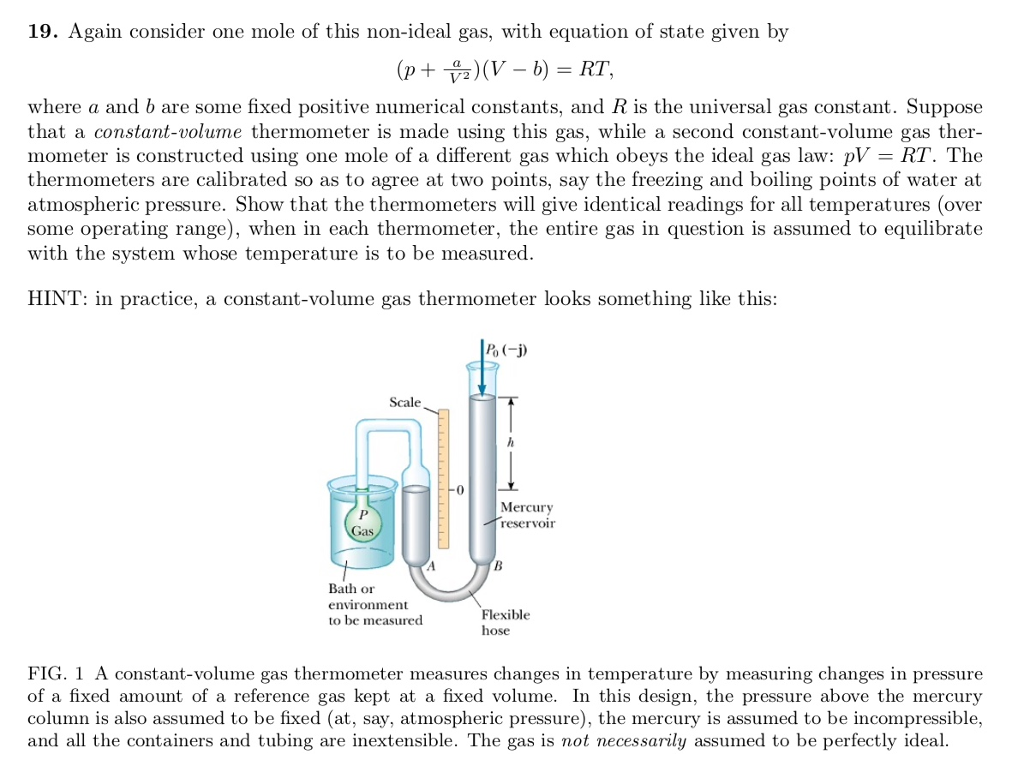

For this problem, convert ☌ temperature to K using the equation:

How many of this moles of the gas are present?īecause the units of the gas constant are given using atmospheres, moles, and Kelvin, it's important to make sure you convert values given in other temperature or pressure scales. To use the equation, you simply need to be able to identify what is missing from the question and rearrange the equation to solve for it.Ī typical question would be given as 6.2 liters of an ideal gas are contained at 3.0 atm and 37 ☌. When using the Ideal Gas Law to calculate any property of a gas, you must match the units to the gas constant you choose to use and you always must place your temperature into Kelvin. The only constant about the constant is that the temperature scale in all is KELVIN. The addition of a proportionality constant called the Ideal or Universal Gas Constant (R) completes the equation.Īs you can see there are a multitude of units possible for the constant.

The Ideal Gas Law:Ī combination of the laws presented above generates the Ideal Gas Law: To play around a bit with the relationships, try this simulation. To calculate a change in pressure or temperature using Gay Lussac's Law the equation looks like this: Conversely if you cool the molecules down they will slow and the pressure will be decreased. This means more impacts on the walls of the container and an increase in the pressure. If you heat a gas you give the molecules more energy so they move faster. Gay Lussac's Law - states that the pressure of a given amount of gas held at constant volume is directly proportional to the Kelvin temperature. The relationship is again directly proportional so the equation for calculations is This is assuming of course that the container has expandible walls. If the amount of gas in a container is decreased, the volume decreases. If the amount of gas in a container is increased, the volume increases. Like Charles' Law, Boyle's Law can be used to determine the current pressure or volume of a gas so long as the initial states and one of the changes is known:Īvagadro's Law- Gives the relationship between volume and amount of gas in moles when pressure and temperature are held constant.

The reduction in the volume of the gas means that the molecules are striking the walls more often increasing the pressure, and conversely if the volume increases the distance the molecules must travel to strike the walls increases and they hit the walls less often thus decreasing the pressure. Think of it this way, if you increase the volume of a gas and must keep the pressure constant the only way to achieve this is for the temperature of the gas to increase as well.Ĭalculations using Charles' Law involve the change in either temperature (T 2) or volume (V 2) from a known starting amount of each (V 1 and T 1):īoyle's Law - states that the volume of a given amount of gas held at constant temperature varies inversely with the applied pressure when the temperature and mass are constant. This means that the volume of a gas is directly proportional to its Kelvin temperature. So concentrate on understanding the relationships rather than memorizing the names.Ĭharles' Law- gives the relationship between volume and temperature if the pressure and the amount of gas are held constant: 1) If the Kelvin temperature of a gas is increased, the volume of the gas increases. (P, n Constant)Ģ) If the Kelvin temperature of a gas is decreased, the volume of the gas decreases. While it is important to understand the relationships covered by each law, knowing the originator is not as important and will be rendered redundant once the combined gas law is introduced. There are 4 general laws that relate the 4 basic characteristic properties of gases to each other. In this lecture we cover the Gas Laws: Charles',Boyle's,Avagadro's and Gay Lussacs as well as the Ideal and Combined Gas Laws. The content that follows is the substance of lecture 18.


 0 kommentar(er)
0 kommentar(er)
